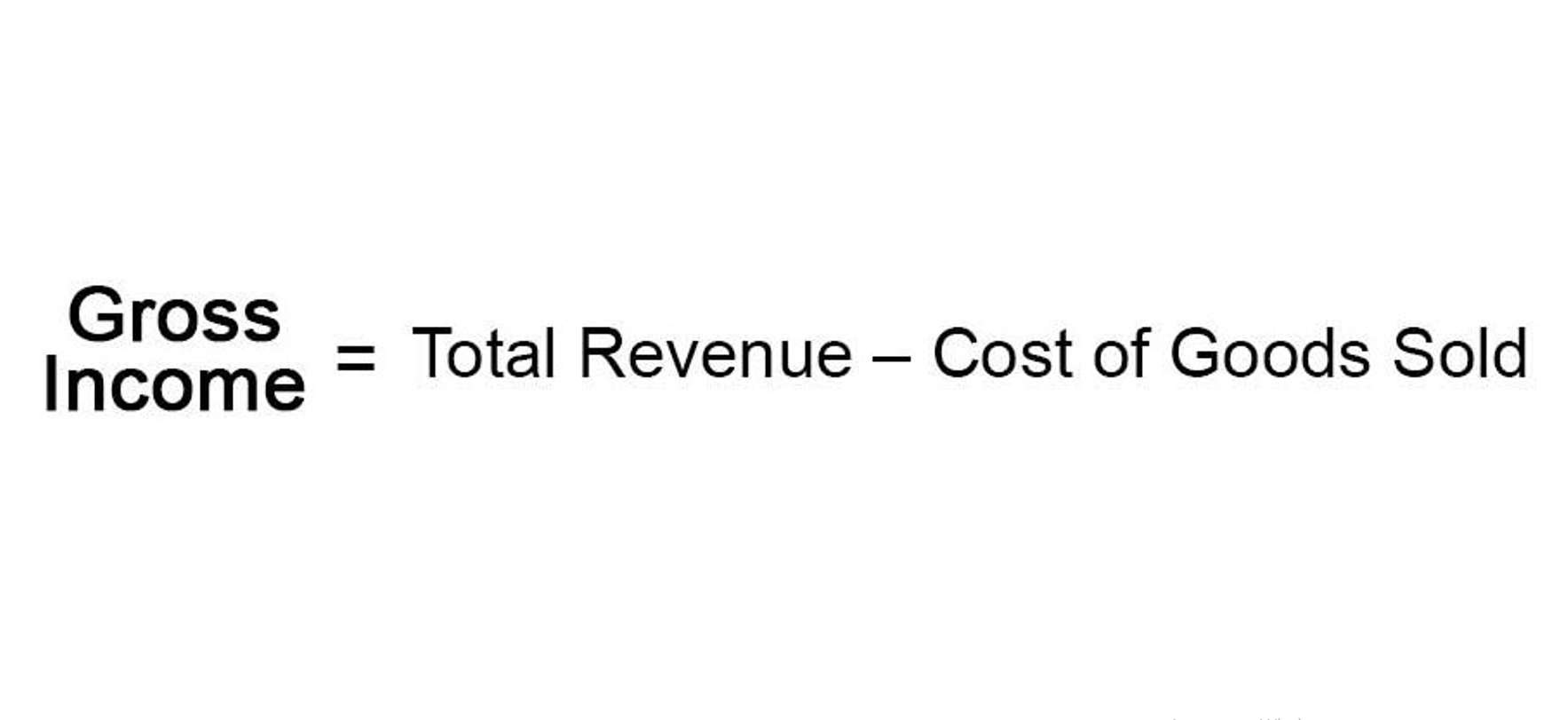Content

Debit refers to the left-hand side and credit refers to the right-hand side of the journal entry or account. Regardless of which version of history is most accurate, double-entry accounting has been around for a long time and is the bedrock on which accounting rests. Make sure every transaction has two components in accordance with the accounting equation. Save money without sacrificing features you need for your business. And, debit your Technology account to account for the increase. Keep in mind that debits and credits offset each other, and the sum of debits should be equal to the sum of credits. Because of the two-fold or duality effect of transactions, the total effect on the left will always be equal to total the effect on the right.
Use it to illustrate how the debits and credits of a transaction affect a particular account. The key feature of this system is that the debits and credits should always match for error-free transactions. Because the accounts are set up to check each transaction to be sure it balances out, errors will be flagged to accountants quickly, before the error produces subsequent errors in a domino effect. Additionally, the nature of the account structure makes it easier double entry accounting to trace back through entries to find out where an error originated. The total amount of the transactions in each case must balance out, ensuring that all dollars are accounted for. Debits are typically noted on the left side of the ledger, while credits are typically noted on the right side. Shelley Elmblad is an expert in financial planning, personal finance software, and taxes, with experience researching and teaching savings strategies for over 20 years.
Double Entry Bookkeeping
The various bodies in a country regulate the practice of recording accounting information. Single-Entry Accounting is a form of accounting in which each financial transaction results in a single entry in a journal or transaction log. As a result, the accounting system is called a single-entry system. In the second stage, all transactions relating to the same person or thing are collected and stored in one statement called account. The book in which these classified accounts are kept is known as ledger. A ledger account can be checked any time to see the additions and reductions of particular item to which the account relates.
- Capacity for earning a profit and repaying liabilities can be evaluated with the help of various ratios relating to accounts from financial statements.
- Learn about the definition, purpose, examples, and process of preparing bank reconciliations.
- While double-entry bookkeeping does not eliminate all errors, it is effective in limiting errors on balance sheets and other financial statements because it requires debits and credits to balance.
- You also won’t need to invest in any bookkeeping software or services, as a simple Excel sheet is enough.
- Start with your existing cash balance for a given period, then add the income you receive and subtract your expenses.
- Periodically, depending on the business, journal entries are posted to the general ledger.
After you make all the entries for the transaction, check that your books are balanced. But with a little practice, you’ll be a pro at the double-entry accounting system in no time. Single-entry bookkeeping is very different from the double-entry method. Just like it sounds, you record one entry for every transaction with single-entry.
Double Entry System Of Accounting
In this case, assets (+$10,000 in inventory) and liabilities (+$10,000) are both affected. Both sides of the equation increase by $10,000, and the equation remains balanced. In the financial statements, accounts are reported on the sides where they have normal balances. Accounts have normal balances on the side where the increases in such accounts are recorded.

When setting up the software, a company would configure its generic chart of accounts to reflect the actual accounts already in use by the business. When you generate a balance sheet in double-entry bookkeeping, your liabilities and equity (net worth or “capital”) must equal assets.
Business Checking Accounts
All the accounts that the company has and lists in it’s chart of accounts are created in the general ledger. Learn more about what the general ledger and journals are, chart of accounts, trial balance and numbering accounts in the general ledger.
Open Letter To Minority Leader Of Ghana’s Parliament On The 1.75% E-Levy Etc-Part Two – Modern Ghana
Open Letter To Minority Leader Of Ghana’s Parliament On The 1.75% E-Levy Etc-Part Two.
Posted: Mon, 06 Dec 2021 14:33:00 GMT [source]
Double-entry bookkeeping’s financial statements tell small businesses how profitable they are and how financially strong different parts of their business are. You can see how you’ve spent money and how your business is doing. Tthis helps a company make better financial decisions in the future. Small businesses with more than one employee or looking to apply for a loan should also use double-entry bookkeeping. This system is a more accurate and complete way to keep track of the financial situation of a company and how fast it’s growing.
Switch To Smart Accounting Try Zoho Books Today!
On October 8, the company rendered services and received $500. However, T- accounts are also used by more experienced professionals as well, as it gives a visual depiction of the movement of figures from one account to another. Personal transactions are those that are performed for personal purposes such as birthday expenditures. These are transactions that don’t involve a sale or purchase but may involve donations and social responsibility.

Rely on the premier business encyclopedia to sharpen your grasp of essential business concepts, terms, and skills. Essentials for mastering the case-building process and delivering results that win approval, funding, and top-level support.
Cash
As you can see, the entire accounting process starts with double-entry bookkeeping. In this example, the company would debit $30,000 for the machine, credit $5,000 in the Cash account, and credit $25,000 in a Bank Loan – Accounts Payable account. The total debit balance of $30,000 matches the total credit balance of $30,000. This then gives you and your investors or bank manager a good picture of the financial health of your business. Even the smallest business can benefit from double-entry accounting. The best way to get started with double-entry accounting is by using accounting software. Many popular accounting software applications such as QuickBooks Online, FreshBooks, and Xero offer a downloadable demo you can try.
In this case, there is an increase in cash because of the contribution. So, we would then record Cash and place the amount, 30,000 on the debit column. An important note to consider here is that a valid set of financial statements can still be prepared even if the accounting system is incomplete. But, it will require additional work to reconstruct the accounts to obtain complete information.
While single-entry accounting is simpler to implement, it has significant shortcomings compared with double-entry accounting. It is more prone to errors, especially omissions and duplications, because it lacks the double-entry accounting control method of balancing accounts. To record the transaction in your books, debit your Inventory account to show the increase in inventory and credit your Accounts Payable account. If the two sides of the equation are unequal, you likely made some type of accounting error and need to find the mistake. Your general ledger is a record that sorts and summarizes your business transactions. You can use your general ledger to see where money is coming from and where it is going.

If you were using single-entry accounting, you would simply reduce your bank account balance by $500. This is how you would record your coffee expense in single-entry accounting. While having a record of these transactions is a good first step toward better managing your cash flow, this type of recording doesn’t make clear the impact each transaction has on your business. Using this system reduces errors and makes it easier to produce accurate financial statements. Unlike single-entry accounting, which requires only that you post a transaction into a ledger, double-entry tracks both sides of each transaction you enter.
Under the double entry bookkeeping system, business transactions are recorded with the premise that each transaction has a two-fold effect – a value received and a value given. The trial balance labels all of the accounts that have a normal debit balance and those with a normal credit balance. The total of the trial balance should always be zero, and the total debits should be exactly equal to the total credits. The definition of double-entry bookkeeping is an accounting method where a transaction is equally recorded in two or more accounts. A debit is made in at least one account and a credit is made in at least one other account.
Form S-4 Crestwood Equity Partner – StreetInsider.com
Form S-4 Crestwood Equity Partner.
Posted: Tue, 07 Dec 2021 22:24:00 GMT [source]
The single-entry approach does not require complicated accounting software. The examples above show, for instance, that firms can create and maintain a single-entry system easily in a written notebook or simple spreadsheet. Almost all accounting standards and laws in the world require the use of double entry system of accounting.
What is record and record keeping?
Recordkeeping is keeping records, or ”units of preserved information in some permanent form (written documents, photographs, recordings, etc.).” Record can also refer to a collection of such items or a history in general.
The accounts under the double-entry system become reliable and acceptable to all concerned, like income tax authority, creditors, etc. The double-entry system being the reliable system of keeping accounts the submission of reliable income and VAT statement under it is possible based on which income tax and VAT are fixed and paid. Arithmetical accuracy of accounting can be verified through the preparation of trial balance if the accounts are maintained under the double-entry system. It is clear from the above discussion that every transaction is to be recorded in two accounts – one is debited, and the other is credited.
- The double-entry system also requires that for all transactions, the amounts entered as debits must be equal to the amounts entered as credits.
- The only stipulation is that the transaction log must contain enough information for tax reporting purposes.
- Under this system, as every transaction is permanently recorded properly and completely, any necessary information can be detected easily in the future.
- Let’s take a look at the accounting equation to illustrate the double entry system.
- Revenue and capital expenditures are expenses ingrained in the daily operation of a business.
- At the end of the accounting period, just calculate the remaining balance.
The general journal is an initial record where accountants log basic information about a transaction such as when and where it occurred along with the total amount. Accountants consider logging this information a journal entry. Perhaps most important, however, is the fact that the double-entry system of accounting is mandated by law. Double-entry bookkeeping is required under the generally accepted accounting principles , which are set by the Financial Accounting Standards Board .


